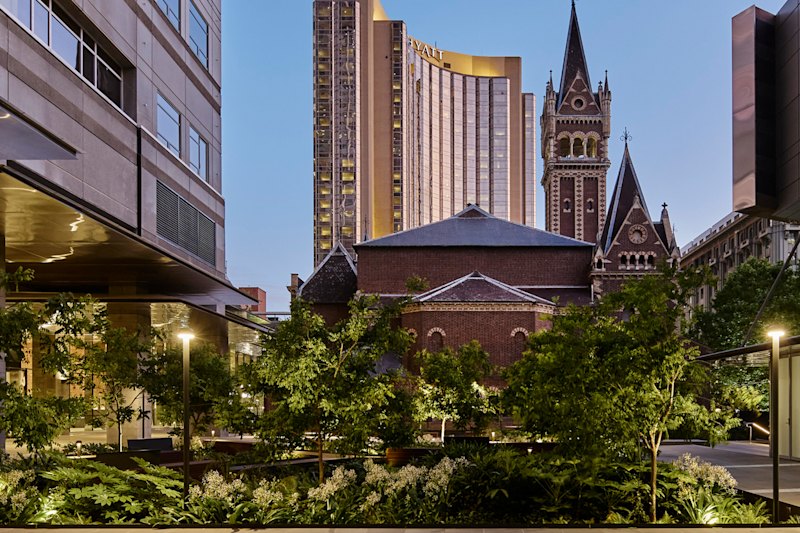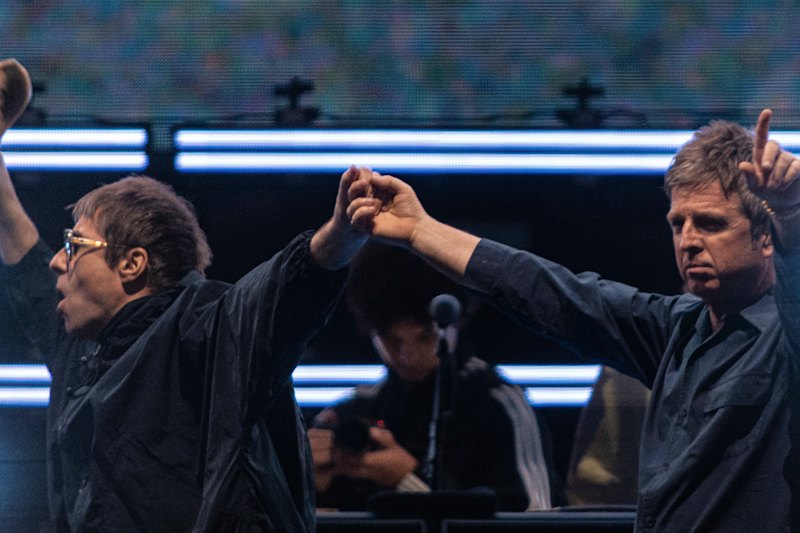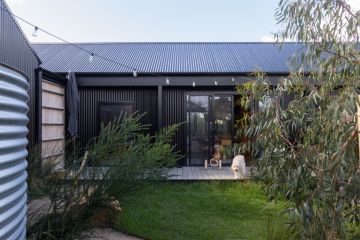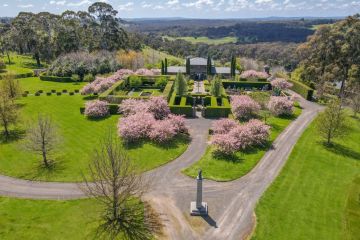The sustainable home features that will save you money
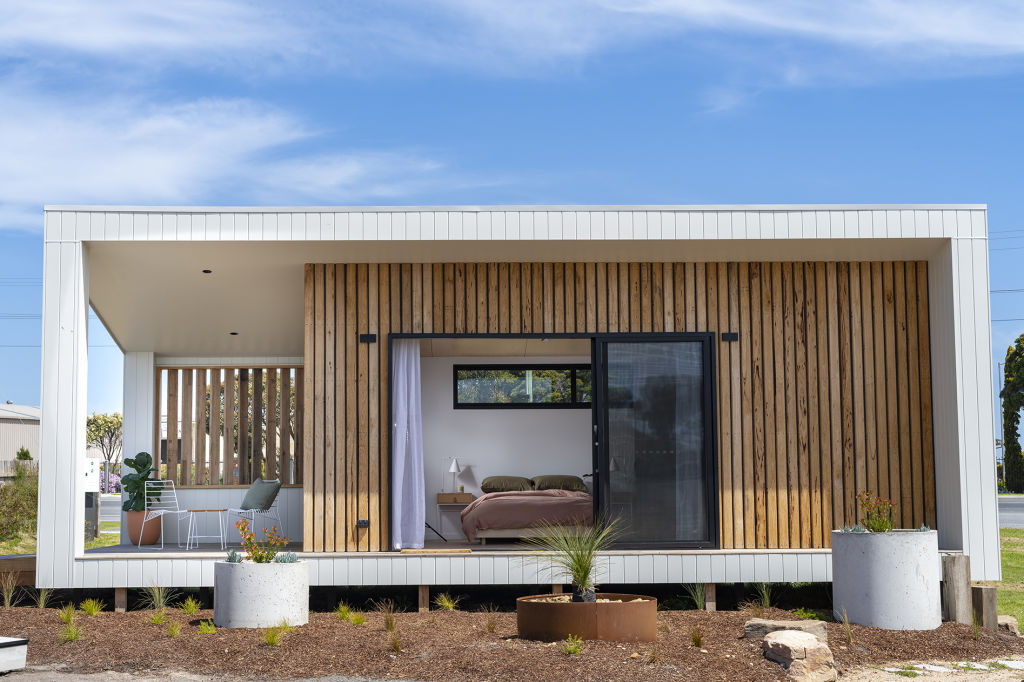
With rising energy costs and environmental concerns both at the forefront of many Australians’ minds today, living in an environmentally and budget-friendly home is more important than ever before.
Discover the features that will not only reduce your household expenses, but will also make your home more sustainable.
Low-impact materials
When people think of sustainable homes, they often forget the actual materials a property is constructed from – all of which can improve durability, energy efficiency and air quality.
Utilising recycled materials that can be sourced locally (therefore reducing long travel times that cause greater emissions) is one element of this equation. This is endorsed by certified green designer and the founder of Good & Eco Rachel Main, who has seen properties reuse flooring from a local squash court, and one incorporating recycled bricks from a nearby former mill.
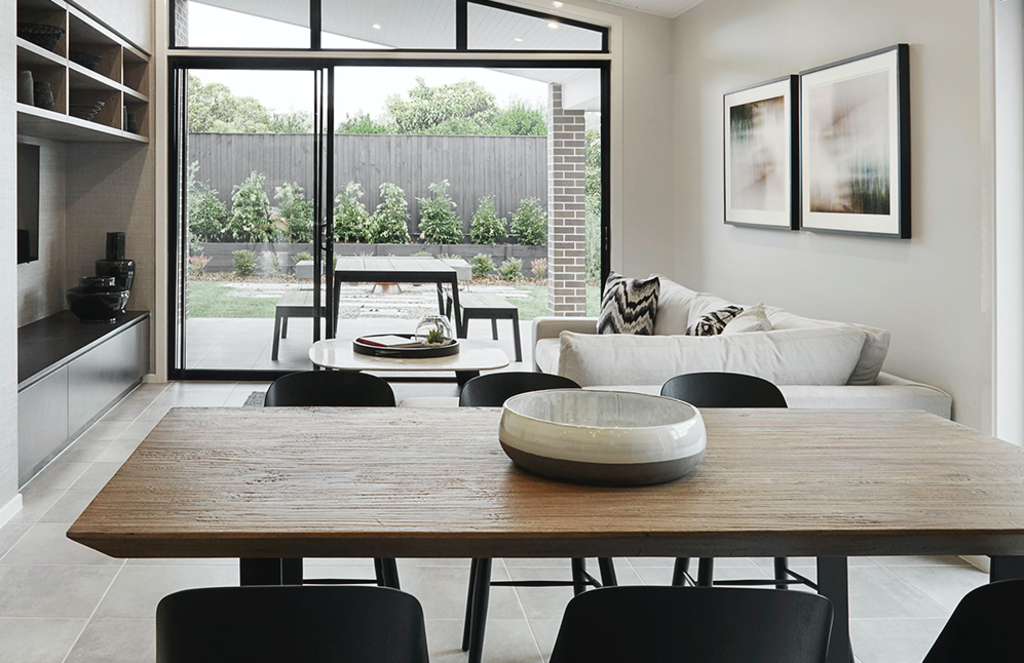
The foundations of a home should also be as environmentally sound as possible.
One example is Thrive Homes’ seven-star rated Aria 22 display home, part of the Thrive Energy Saver Range, which is constructed on steel frames that are fully recyclable, therefore ensuring they will be repurposed at the end of their lifespan.
The Aria 22 also features flooring made from 100 per cent recycled materials. “This actually contributes heavily to the quality of air in the home,” says Thrive Homes head of operations Lachlan Thompson. “They’re also really durable, so you’re not going to have to replace those floorboards for 40 years.”
Solar power
Home owners who invest in solar power upfront are able to instantly reap the financial and environmental rewards this provides.
The Aria 22 for example comes with 6.6kw solar panels and a 10kw battery to seamlessly collect and store energy throughout the day. This system, combined with LED downlights and efficient appliances that are properly maintained, dramatically reduces the energy output of a home, saving owners up to 80 per cent on their yearly electricity bills according to Thrive Homes.
For existing home owners wishing to install a solar system, Choice magazine with the help of Alternative Technology Association (ATA) reports the payback on a 5kW solar PV system ranges from two to six years depending on the capital city.
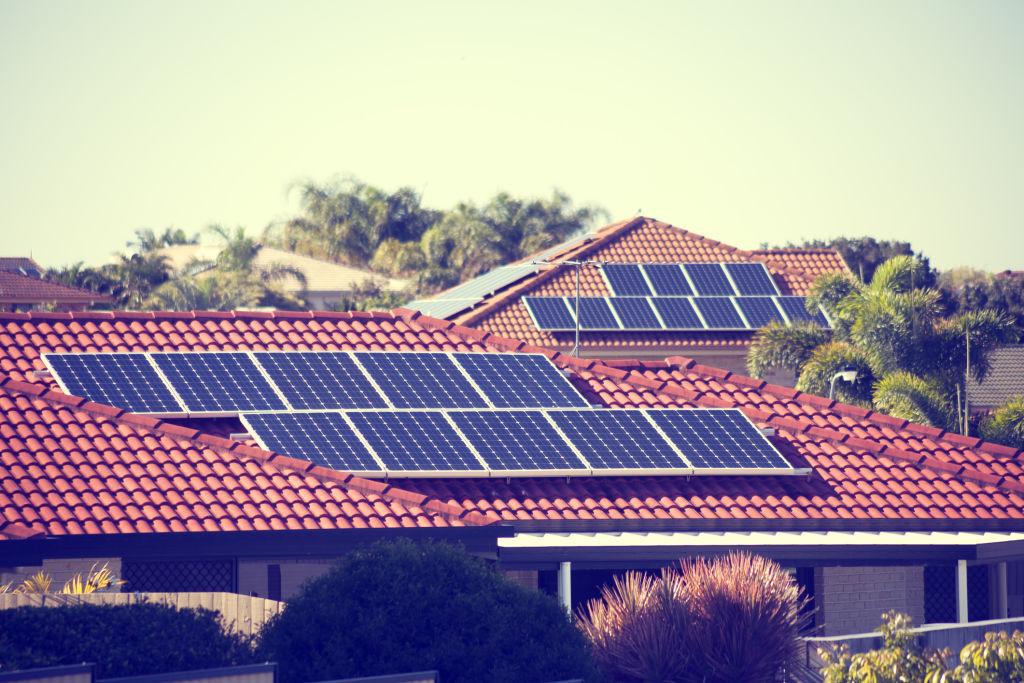
On top of this, a report titled Your Green Guide – Residential Real Estate 2018 by PRDnationwide in collaboration with Queensland University of Technology found properties with sustainable features achieve at least a 10 per cent higher median price when sold, and are on the market 13 less days.
“This report gives reason to home buyers and home owners why they should consider buying into or upgrading their home into a more sustainable green home; namely the higher resale value, while enjoying savings on utility bills during the time in which they are living in the house,” says Dr Diaswati Mardiasmo, chief economist at PRDnationwide.
Water conservation
If you’re a renter or lacking the upfront budget to invest in a grey water system, simply using less water will help your wallet and the environment. Changing fixtures to include water efficient taps, toilets, and low-flow shower heads will also reduce usage and costs.
Thrive Homes’ Aria 22 home contains a rainwater tank and a six-star rated instantaneous gas hot water system, ensuring water is only heated when needed. The home also comes with a water-wise garden featuring hardy plants and succulents suitable for the Australian climate, saving home owners time on maintenance during harsh weather periods.
Energy efficient design
A home will ideally be built to require minimal heating and cooling throughout the year, therefore being less reliant on the existing non-renewable energy infrastructure.
Main says, “The green home’s ultimate goal is to consume no or minimal energy for space heating and cooling by designing an ideal indoor temperature of around 20 to 25 degrees year-round.”
This target is achieved by considering a home’s position and orientation to the sun, facilitating cross-ventilation, installing double to triple glazing, sealing air gaps, and tightly insulating walls, floor and ceilings.
Other small changes to make include switching to a more energy efficient fridge and washing machine, and not using a dryer.
We recommend
We thought you might like
States
Capital Cities
Capital Cities - Rentals
Popular Areas
Allhomes
More



